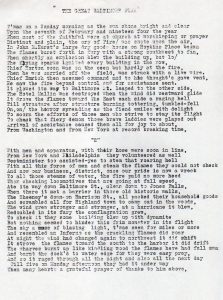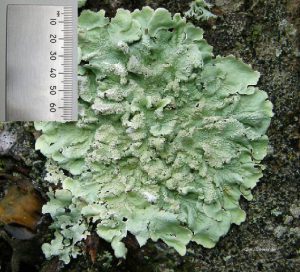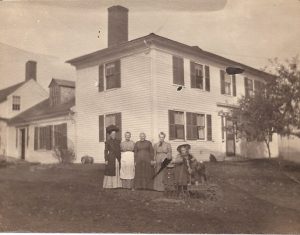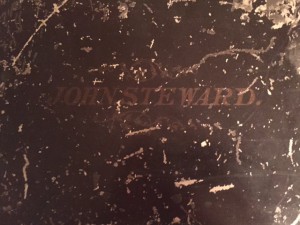
In February 1904, the Great Fire of Baltimore raged for two days, burning much of downtown. It was a devastating disaster that helped prompt standardization and reform in the firefighting industry. A month later, my great-great-great-uncle Henry F. Rosendale wrote a narrative poem, detailing the events of the fire that ravaged the city. The poem is hardly personal: instead it is highly detailed, almost encyclopedic, relating many facts that one now finds in modern encyclopedia articles. Henry relates the progression of the fire, the direction of the winds that carried it, the help that came from other cities (“From Washington and from New York in record breaking time”), and the dynamiting of buildings meant to act as a fire break. Continue reading The Great Baltimore Fire







